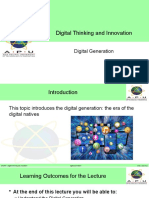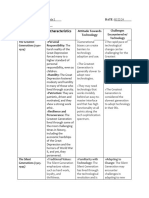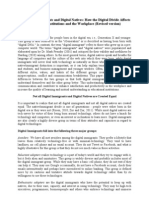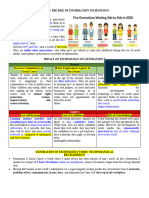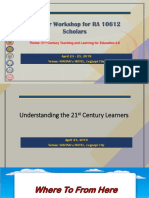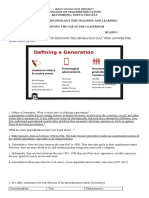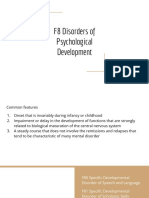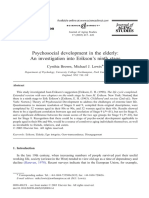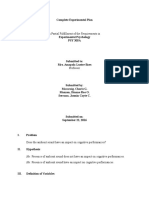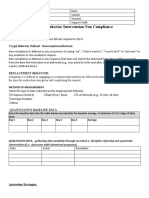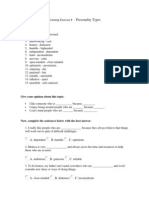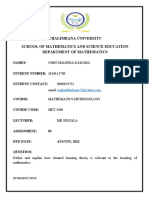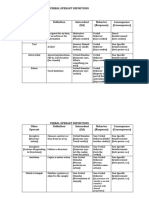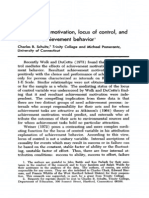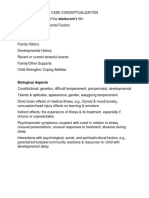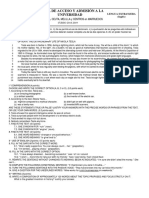0% found this document useful (0 votes)
9 views11 pagesChapter 1 Digital Generation
Uploaded by
bikal.shrestha23Copyright
© © All Rights Reserved
We take content rights seriously. If you suspect this is your content, claim it here.
Available Formats
Download as PPTX, PDF, TXT or read online on Scribd
0% found this document useful (0 votes)
9 views11 pagesChapter 1 Digital Generation
Uploaded by
bikal.shrestha23Copyright
© © All Rights Reserved
We take content rights seriously. If you suspect this is your content, claim it here.
Available Formats
Download as PPTX, PDF, TXT or read online on Scribd
/ 11

